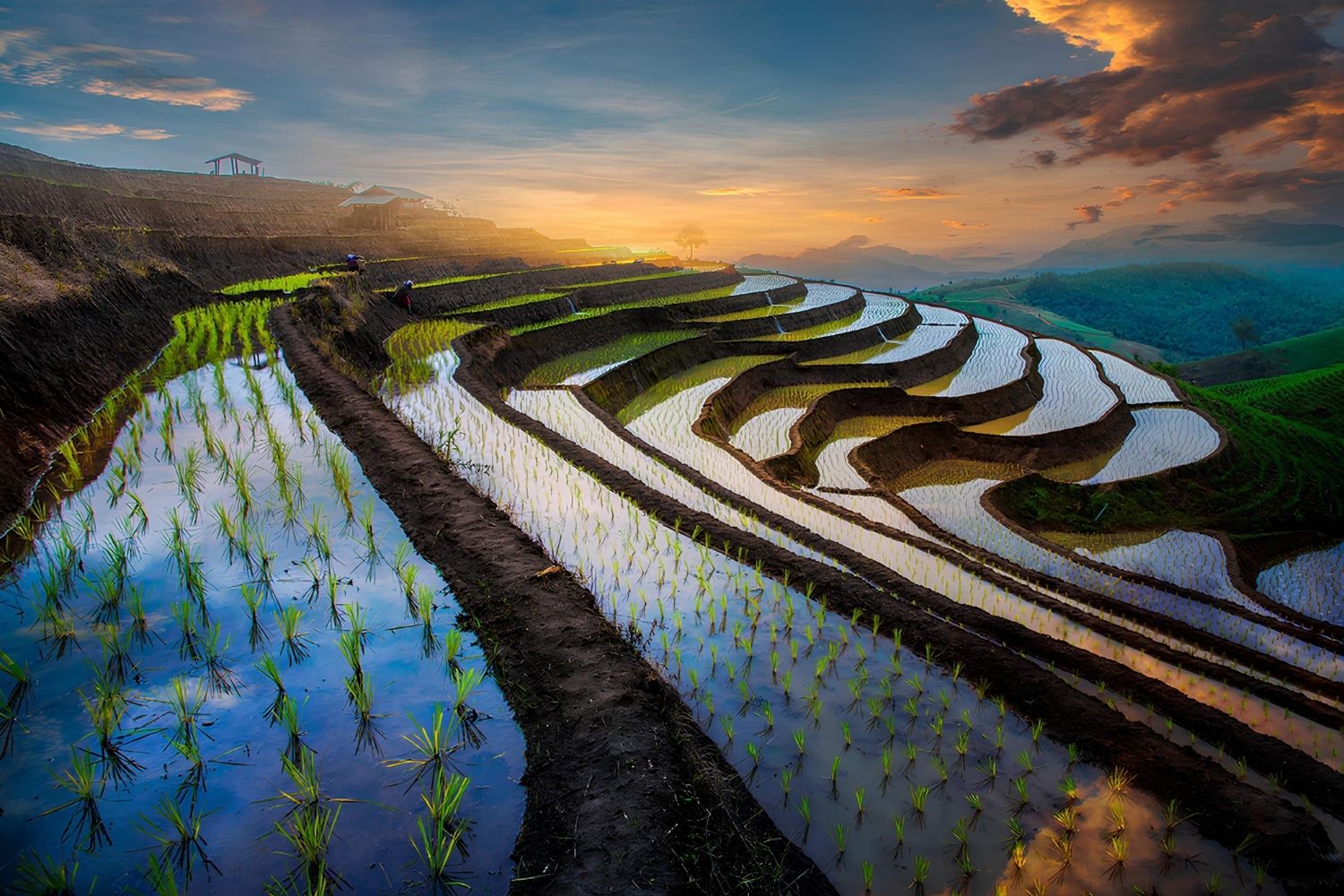
Groundwater is a hidden treasure beneath our feet, playing a crucial role in our daily lives. Did you know that nearly 30% of the world's freshwater is stored underground? This vital resource supports agriculture, industry, and drinking water supplies for billions of people. Unlike surface water, groundwater is less susceptible to pollution, making it a cleaner option. However, overuse and contamination can still pose significant threats. Understanding groundwater's importance helps us appreciate and protect it. From its role in ecosystems to its impact on human health, groundwater is more than just water beneath the surface—it's a lifeline. Let's dive into 29 fascinating facts about this essential resource.
What is Groundwater?
Groundwater is the water found beneath Earth's surface in soil pore spaces and rock formations. It plays a crucial role in the water cycle and is a vital resource for drinking, agriculture, and industry.
- Groundwater accounts for about 30% of the world's freshwater supply.
- 68% of the world's groundwater is used for irrigation in agriculture.
- Groundwater can be found in aquifers, which are underground layers of water-bearing rock or sediment.
- The largest aquifer in the world is the Great Artesian Basin in Australia, covering over 1.7 million square kilometers.
- Groundwater moves slowly, often only a few centimeters per day, through the tiny spaces in soil and rock.
Importance of Groundwater
Groundwater is essential for many aspects of life and the environment. It supports ecosystems, provides drinking water, and helps in agricultural production.
- Approximately 50% of the U.S. population relies on groundwater for drinking water.
- Groundwater helps maintain the flow of rivers and streams, especially during dry periods.
- Wetlands, which are critical habitats for many species, often depend on groundwater.
- Groundwater can be a more reliable water source than surface water during droughts.
- Many industries, including food processing and manufacturing, depend on groundwater for their operations.
Groundwater and the Environment
Groundwater interacts with the environment in various ways, influencing ecosystems and human activities.
- Groundwater can become contaminated by pollutants from agricultural runoff, industrial waste, and leaking septic systems.
- Contaminated groundwater can take years or even decades to clean up.
- Over-extraction of groundwater can lead to land subsidence, where the ground sinks due to the removal of water.
- In coastal areas, over-pumping groundwater can cause saltwater intrusion, making the water unsuitable for drinking and irrigation.
- Groundwater helps to recharge lakes, rivers, and wetlands, maintaining their water levels.
Groundwater in History
Groundwater has been used by humans for thousands of years, playing a significant role in the development of civilizations.
- Ancient civilizations, such as those in Egypt and Mesopotamia, relied on groundwater for irrigation and drinking water.
- The ancient Persians developed qanats, underground channels that transported groundwater to the surface for irrigation.
- The Romans built extensive aqueduct systems to transport groundwater to their cities.
- In medieval Europe, monasteries often had wells to access groundwater for their communities.
- Groundwater has been a critical resource for indigenous peoples around the world for centuries.
Modern Groundwater Management
Managing groundwater resources is essential to ensure their sustainability for future generations.
- Many countries have laws and regulations to protect groundwater from over-extraction and contamination.
- Groundwater monitoring involves measuring water levels, quality, and usage to manage resources effectively.
- Artificial recharge, where water is intentionally added to aquifers, can help replenish depleted groundwater supplies.
- Sustainable groundwater management practices include reducing water waste, improving irrigation efficiency, and protecting recharge areas.
- Climate change can impact groundwater availability by altering precipitation patterns and increasing evaporation rates.
Fun Facts about Groundwater
Groundwater has some surprising and interesting aspects that many people might not know.
- The word "aquifer" comes from the Latin words "aqua" (water) and "ferre" (to bear).
- Some groundwater is ancient, having been underground for thousands or even millions of years.
- The Ogallala Aquifer in the United States is one of the world's largest, supplying water to eight states.
- Groundwater can sometimes emerge naturally at the surface as springs, providing a source of fresh water.
Groundwater: The Hidden Treasure Beneath Our Feet
Groundwater plays a crucial role in our daily lives, often without us even realizing it. From providing drinking water to supporting agriculture, this hidden resource is vital. Understanding its importance helps us appreciate and protect it better. Groundwater isn't just about quenching thirst; it supports ecosystems, maintains river flows, and even helps in industrial processes.
By being mindful of our water usage and supporting sustainable practices, we can ensure this precious resource remains available for future generations. Simple actions like fixing leaks, using water-efficient appliances, and supporting policies that protect water sources can make a big difference. Groundwater may be out of sight, but it should never be out of mind. Let's cherish and safeguard this invaluable asset, ensuring it continues to sustain life and the environment for years to come.
Was this page helpful?
Our commitment to delivering trustworthy and engaging content is at the heart of what we do. Each fact on our site is contributed by real users like you, bringing a wealth of diverse insights and information. To ensure the highest standards of accuracy and reliability, our dedicated editors meticulously review each submission. This process guarantees that the facts we share are not only fascinating but also credible. Trust in our commitment to quality and authenticity as you explore and learn with us.
